|
R (Small
Washington Tablet)
34. → 400 - 366 ... 'I have something to tell you as well. Dii hau dang iiji: I am you.' Slender bluegreen things with wings were moving between the screens at the back of the house. Waa'asing dang iiji, said the old man again: 'That also is you ...
Raven (Corvus) was located at the end of the Serpent of Water (Hydra), looking down to the Abyss where evidently all the waters had collected. This was a place located half a year away from the abundant waters on the Field. And Raven was condemned to eternal thirst. ... the bird, being sent with a cup for water, loitered at a fig-tree till the fruit became ripe, and then returned to the god with a water-snake in his claws and a lie in his mouth, alleging the snake to have been the cause of the delay. In punishment he was forever fixed in the sky with the Cup and the Snake; and, we may infer, doomed to everlasting thirst by the guardianship of the Hydra over the Cup and its contents. From all this came other poetical names for our Corvus - Avis Ficarius, the Fig Bird; and Emansor, one who stays beyond his time; and a belief, in early folk-lore, that this alone among birds did not carry water to its young ... Could the elongated Tail of the Hydra correspond to the idea of the one who stayed beyond his time (presumably an effect of the precession of the cardinal points of the Sun)? At the other side of the year, at the Ridgepole in day 400 (counted from January 29 in the preceding year), we can see the Milky Way river with the Stag and the Horse face to face, looking at each other instead of down to the water-filled Pegasus Square. The Abyss is also in the Milky Way. Not uplifted but shifted downwards, as if it had been the result of the Mirror of Diana (shifting up to down and vice versa). A horizontal mirror, on the other hand, could instead make us perceive how the domesticated Swine - behind and earlier than the Horse - was reflected in the Wild Boar on the other side.
Which in a way might appear to explain the hint Pig at the House:
Anciently the Crane (Grus) constellation had been named Flamingo.
We can compare with how the Unicorn was given as a hint at the 8th Chinese staton.
There were screens at the back of the house of the old one, separating the different compartments. We can for instance in one such section see the Tail of the Horse (*183) with its Head hiding the Navel of the Horse (Sirrah, *0):
And in the same compartment, although oriented differently on another screen, we can see the Crocodile (Spica).
Metoro seems to have said tahoga in order to explain the front element in Ca13-8. Tahoga. Figurine made of wood or of stone, in the shape of a heart, which used to be worn on the chest. Vanaga. Spherical pendant of wood worn around the neck. Fischer. Kaona, a Hawaiian word that means 'veiled meaning or symbolism'. D'Alleva.
|
|||||||||||||||||||||||||||||||||||||||||||||||||||||||||||||||||||||||||||||||||||||||||||||||||||||||||||||||||||||

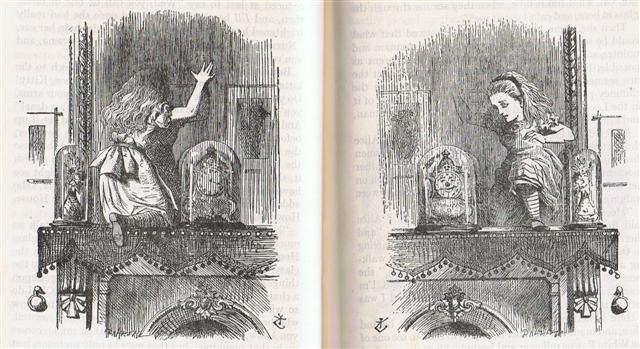

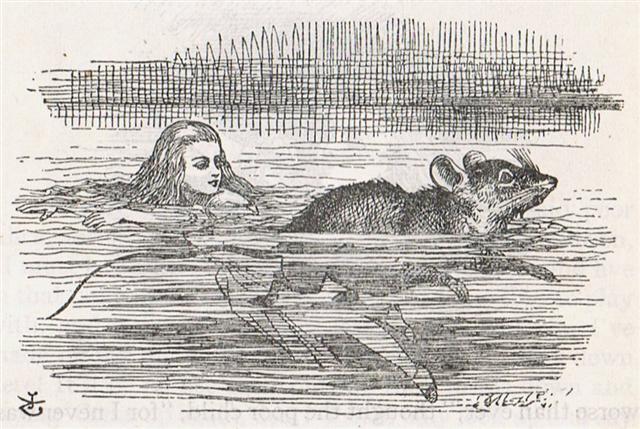
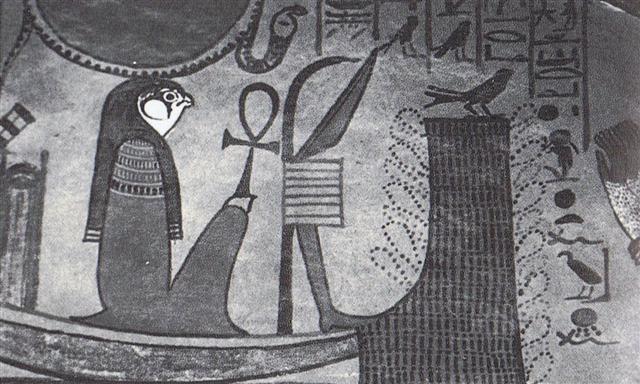
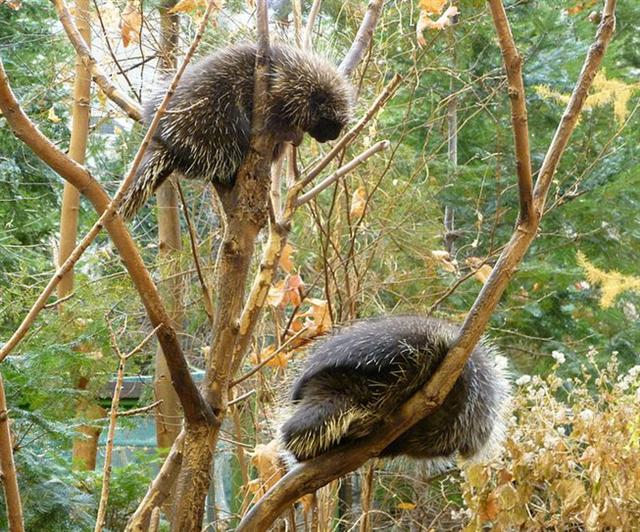
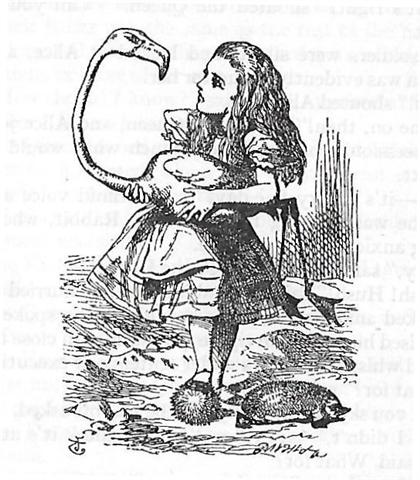

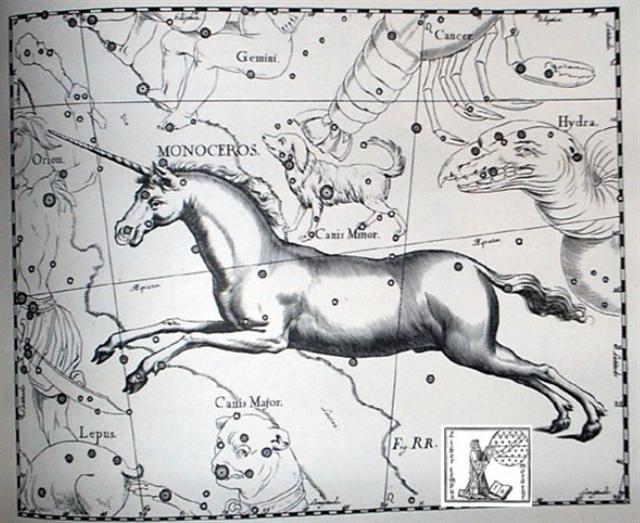
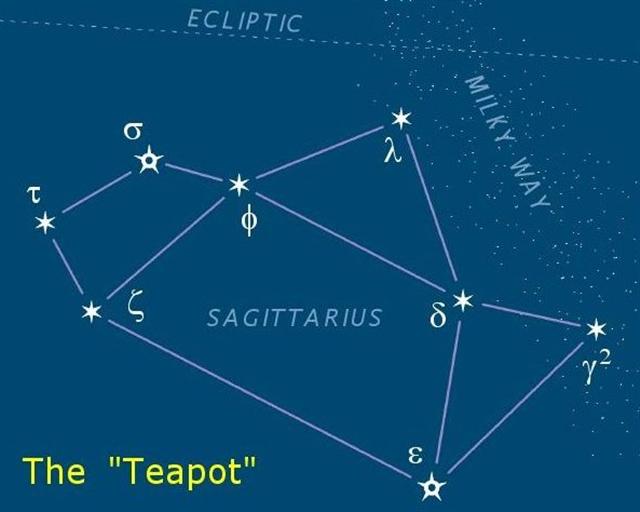

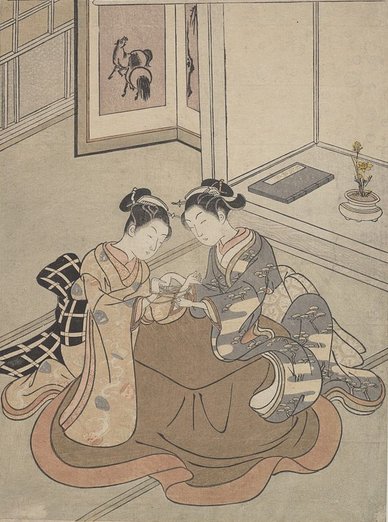



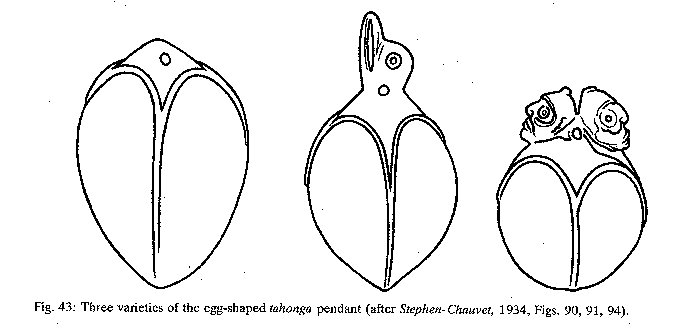
.jpg)
.jpg)